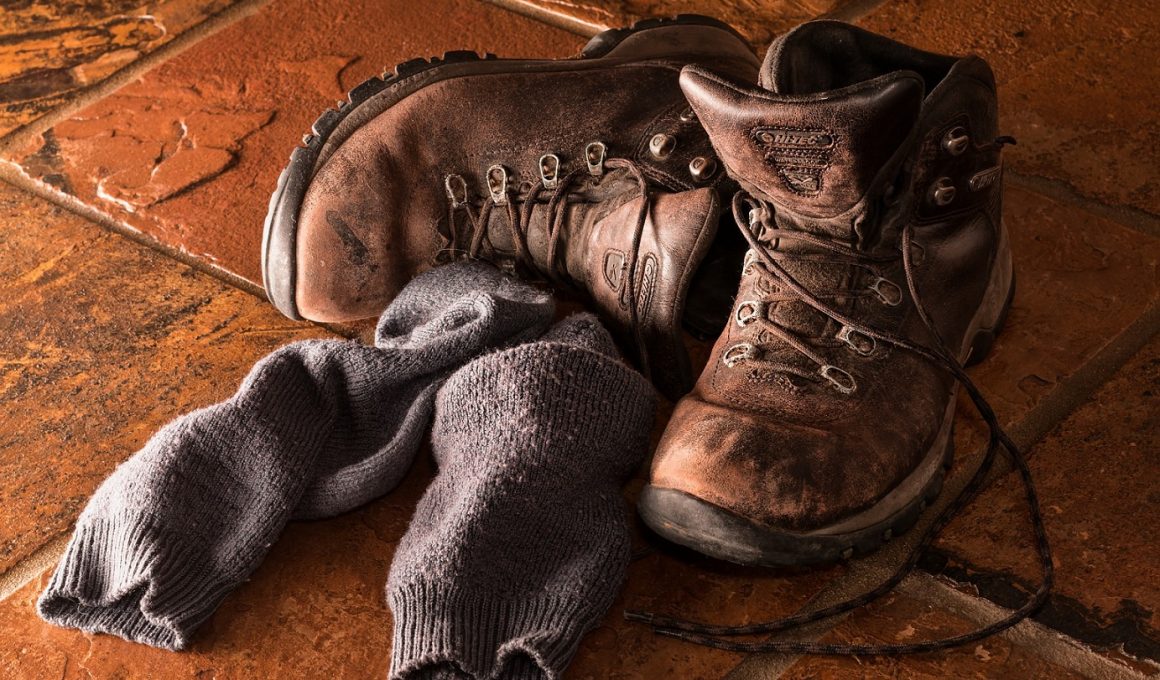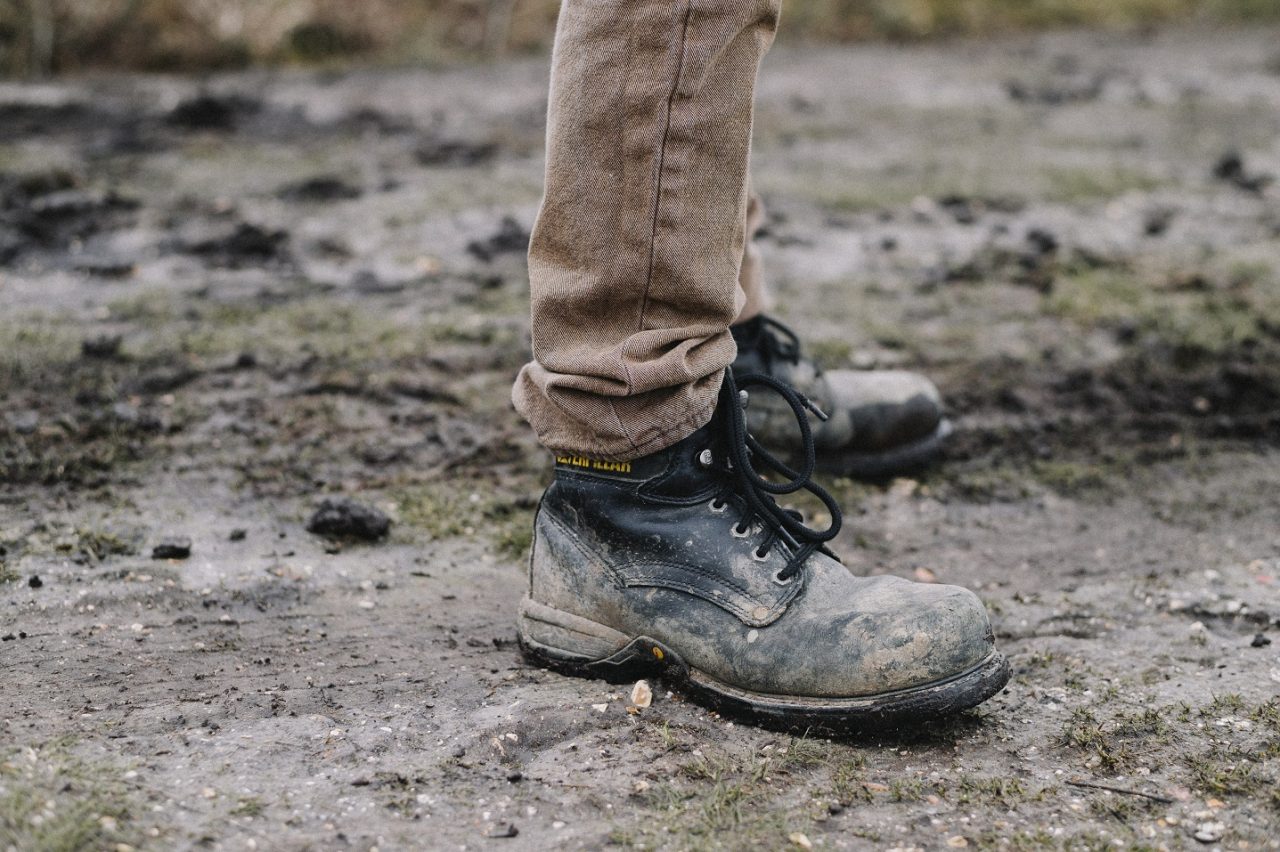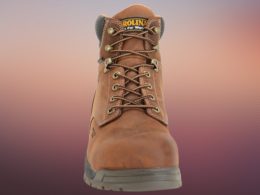Workwear Guru is reader-supported. When you buy through links on our site, we may earn an affiliate commission. Learn more
When it comes to work shoes, there are two aspects that are crucial to consider: the comfort and the safety of the feet. If in addition to long hours on your feet, you work with heavy and sharp objects or in hazardous work environments, having a pair of protective and comfortable work boots is a must. However, if you do not work in this kind of environment, comfort will be your priority.
There is a wide range of alternatives for work boots, and depending on the work that you do, you will be able to pick the ones that suit you best. When it comes to the degree of protection on the toe box, two types stand out: soft-toe vs. steel-toe work boots. Read on to learn more about the features of each and their affordability.
What Are Soft-Toe Work Boots?
Soft-toe boots, as their name implies, are made of soft materials on the front part. They don’t have solid materials in the toe cap; they are reinforced with rubber or thick fabric. Therefore, they offer little protection, and for this reason, they are light, flexible, and comfortable. Soft-toe work boots are suitable for use in safe work environments, where there is no exposure to serious physical hazards.
Soft-toe work boot features
There is a wide range of brands that produce soft-toe boots in the market. Depending on the model, you may find the following key features on this type of boots:
- Slip and oil resistant
- Waterproof
- Insulation
- Breathability
- Electrical hazard
- Rubber outsoles
- Leather uppers
Although not suitable for work environments where heavy or sharps objects could damage your feet, soft-toe boots could be appropriate for workplaces where chemicals are being used. In addition, soft-toe boots are not only adequate for construction and factory workers but particularly ideal for those who stand all day on their feet, such as nurses, waiters and waitresses, or teachers. Their design makes them suitable also for day-to-day casual use. In places with magnetic risks, soft-toe boots may be the only choice you have for a work boot.
How comfortable are soft-toe work boots?
Of all types of work boots, soft-toe boots are among the most comfortable. Since they are not built with heavy materials, they are soft and lightweight, making them very comfortable and flexible. They have underfoot cushioning, shock absorption properties, and reinforced shanks. The ideal choice if you are on your feet all day long. Since the toe box is not made of metals, it has more space, thus making it more comfortable.
How safe are soft-toe work boots?
Soft-toe boots are also known as non-protective boots; therefore, they are placed at the bottom of the list when it comes to safety. If you are looking for protection from the potential fall of heavy or sharp objects on your feet, this is an absolute NO-NO. In addition, in some workplaces, this type of boots is not allowed by law; they do not meet the ASTM standards for protection.
However, you can find soft-toe boots with certain features that offer a level of protection in other ways. They are made to protect your underfoot and are slip resistant. Their waterproof properties can protect you from wet environments, and the Electrical Hazard feature helps avoid electrical shocks.
Can I afford soft-toe work boots?
In general, we can say that soft-toe boots are affordable, although this is very relative. Although they are not made of highly protective materials, if they use advanced technology and good-quality materials, they will not be cheap.
Their price will vary depending on the manufacturer and their qualities; for instance, some soft-toe boots are waterproof and, in that case, will cost a little more than those that are not waterproof.
It may be worth noting when considering the price that since soft-toe boots are not built with sturdy materials, they may wear out faster than, for example, steel-toe boots, so you may need a replacement sooner.
What Are Steel-Toe Work Boots?
Unlike soft-toe boots that are not made of any solid material in the toe caps, steel-toe work boots include an extra protective steel cap in the toe box. Their material and design make steel-toe boots durable and safe. They are recognized for offering foot stability, comfort, and, above all, injury protection and foot safety. This is especially relevant for work environments where you may work with heavy materials or sharp objects that could potentially fall on your feet. These boots are ideal for the construction field.
Steel-toe work boot features
Just like soft-toe boots, there is a wide range of brands that produce steel-toe boots in the market. Depending on the model, in addition to the steel-toe cap, you can find the following key features:
- Heat resistant
- Waterproof
- Durable
- Cut resistant
- Shock absorption
Unlike soft-toe boots, these cannot be used in places with magnetic fields. For example, you could not use them through a metal detector.
How comfortable are steel-toe work boots?
If we compare steel-toe boots with soft-toe boots, we could say that the steel-toe ones are less comfortable. Their strong material and the fact that steel-toe boots are quite resistant to falls and compression from heavy objects make them heavier and less flexible; therefore, they are less comfortable. This does not mean that they are uncomfortable, but they may take some time to get used to. In fact, many models include features like good cushioning and arch support, which make them suitable to wear all day long. What is crucial for a comfortable fit is to make sure you get the right size of boots and wear suitable socks.
How safe are steel toe work boots?
This has a straightforward answer: steel-toe boots are protective boots, and therefore, provide a high level of safety. According to the Occupational Safety and Health Administration (OSHA), steel-toe boots should be worn by workers in jobs where hazards may arise. They especially protect feet from the fall of heavy and sharp objects. In fact, in some jobs, they may be required by law.
Can I afford steel-toe boots?
This is again relative. What we know is that given their durability, steel-toe boots are worth investing in if what you are looking for is protection.
Unlike soft-toe boots, steel toe are built with durable materials, and therefore, the investment will be hopefully a long-term one if you go for good quality and depending on the work that you do.
If you are interested in purchasing a pair of steel-toe boots, check out our page with a selection of 10 best steel-toe boots.
Conclusion
If you are trying to decide between these two types of boots, at this point we can agree that there are two factors that stand out: protection and comfort. The first step is to figure out whether you are required to wear steel-toe boots. If not, you will want to consider the environment that you are in. Are you surrounded by objects that could injure your feet? If so, you probably know the answer. On the other hand, if you are looking for something lightweight and comfortable to stay on your feet all day with a low level of protection, then you can choose from a wide range of soft-toe boots.











